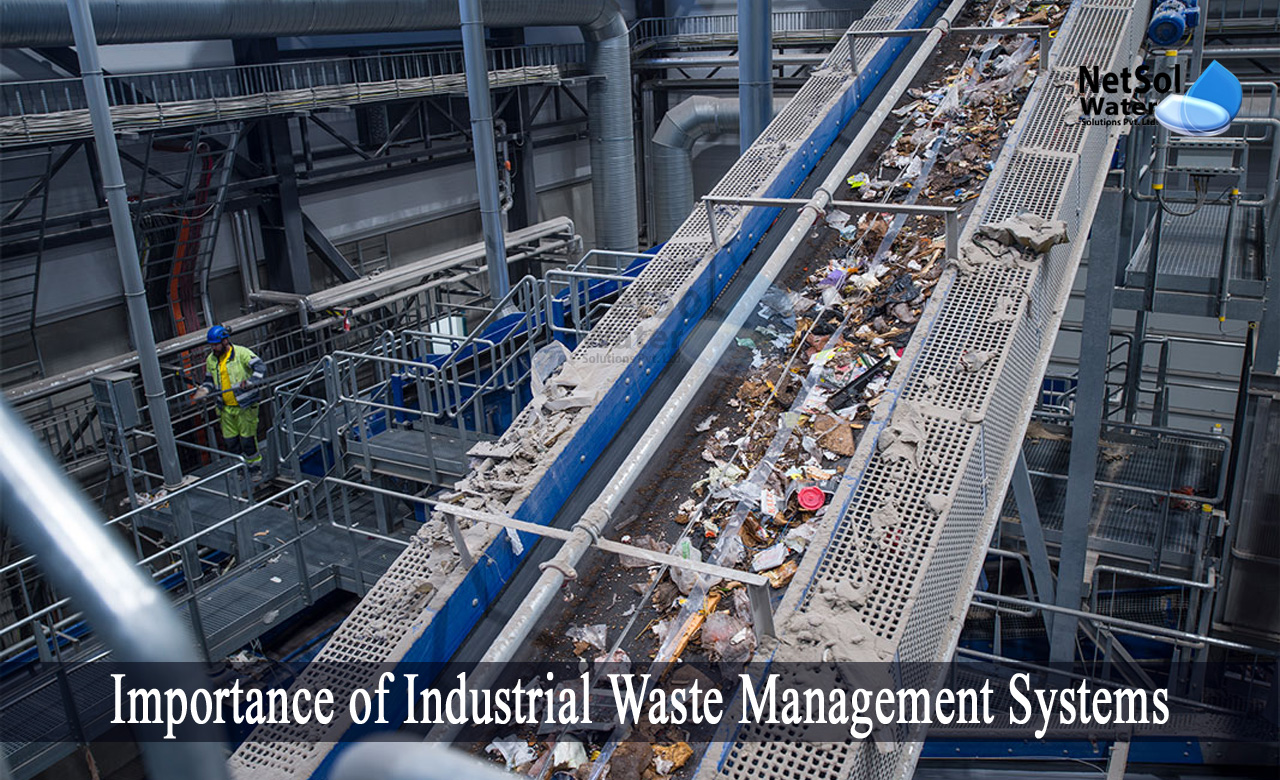Reclaim Waste Fundamentals Explained
Reclaim Waste Fundamentals Explained
Blog Article
The Definitive Guide for Reclaim Waste
Table of ContentsAn Unbiased View of Reclaim WasteReclaim Waste - The FactsThe Single Strategy To Use For Reclaim WasteAll About Reclaim WasteMore About Reclaim Waste
Domestic sewage waste refers to the waste and items from a domestic septic container. The proper monitoring and disposal of residential sewage waste call for fluid waste to be transferred to a sewer treatment plant where the proper methods and devices are used to detoxify and dispose of waste.
Commercial waste often includes prospective dangers, such as combustible products or a mixture of liquid and solid waste items, and needs an extra advanced and detailed disposal process. The disposal of industrial waste commonly involves the filtration of waste before transportation to make sure secure and correct disposal. Industrial waste is created from by-products and runoff of industrial processes and manufacturing.
This sort of waste can not utilize the exact same sewer management transportation or processes as septic or business fluids. The hazardous waste management procedure requires the evaluation and testing of liquid waste before it undergoes the disposal process (liquid waste removal). Overflow waste is the fluid waste that originates from runoff and excess stormwater in highly inhabited locations or cities
Drainage waste can cause contamination and flooding if not taken care of effectively. Making sure proper waste monitoring can stop disasters and lower environmental injury.
The Buzz on Reclaim Waste
Contact PROS Services today to find out about our waste management and disposal services and the proper methods to take care of the fluid waste you generate.
(http://www.place123.net/place/reclaim-waste-laverton-north-vic-australia)This so-called 'wastewater' is not only an essential source however, after treatment, will certainly be launched to our land, rivers or the ocean. Used water from commodes, showers, bathrooms, kitchen area sinks, washings and commercial processes is recognized as wastewater.

water used to cool down equipment or tidy plant and tools). Stormwater, a form of wastewater, is overflow that streams from farming and urban areas such as roofings, parks, yards, roadways, courses and rain gutters right into stormwater drains, after rain. Stormwater flows untreated directly to regional creeks or rivers, ultimately getting to the sea.
The Greatest Guide To Reclaim Waste
In Queensland, the majority of wastewater is dealt with at sewer treatment plants. Wastewater is moved from residential or industrial sites via a system of sewage systems and pump terminals, understood as sewerage reticulation, to a sewer therapy plant. City governments construct, preserve and operate most sewer therapy plants. Operators are certified under the Environmental Protection Act 1994 to release treated wastewater at an acceptable ecological criterion into rivers.
The Department of Natural Resources get redirected here advises city governments about handling, operating and maintaining sewage systems and treatment plants. In unsewered areas, city governments may call for householders to mount individual or family sewage therapy systems to treat residential wastewater from toilets, cooking areas, washrooms and laundries. The Division of Natural Resources authorizes using house systems when they are shown to be reliable.
In some brand-new subdivisions, treatment of some stormwater to eliminate clutter, sand and crushed rock has actually begun utilizing gross contaminant catches. Wastewater therapy happens in 4 phases: Removes solid matter.
Utilizes small living organisms knows as micro-organisms to break down and remove staying liquified wastes and fine particles. Micro-organisms and wastes are incorporated in the sludge.
5 Simple Techniques For Reclaim Waste
Nutrient removal is not readily available whatsoever sewage therapy plants because it calls for costly specialised tools. It is ending up being more usual in Queensland. Clear liquid effluent produced after therapy may still consist of disease-causing micro-organisms. If this effluent is released into rivers such as rivers or the sea, the micro-organisms will ultimately pass away out.

A lot of wastewater streams into the sewerage system. Under the Act, neighborhood governments carry out approvals and licences for eco relevant tasks (Periods) including wastewater launches that might have a neighborhood effect.
Reclaim Waste Things To Know Before You Get This
Otherwise, samples are considered research laboratory analysis. Often lots of examinations are needed to establish the degrees of each of the various toxins such as oils, hefty steels and chemicals in water. Monitoring offers accurate details concerning water quality and can confirm that permit conditions are being satisfied. The details gotten via monitoring provides the basis for making water quality decisions.
Report this page